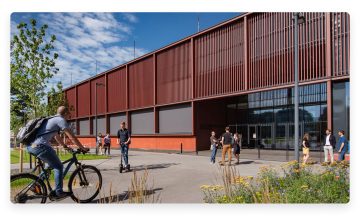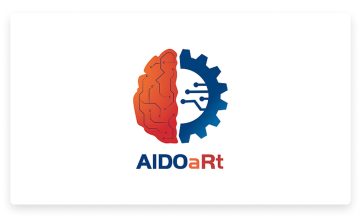
Dynatrace Research
We are applying and advancing existing research by collaborating, influencing, and contributing to various domains focusing on future technologies.

Areas of research
Discover our latest publications
- Real-Time Analytics
When Should I Run My Application Benchmark?: Studying Cloud Performance Variability for the Case of Stream Processing Applications
FSE Companion '25: Proceedings of the 33rd ACM International Conference on the Foundations of Software Engineering | 2025 - Cloud-Native Security
Koney: A Cyber Deception Orchestration Framework for Kubernetes
EuroS&PW: 2025 IEEE European Symposium on Security and Privacy Workshops | 2025 - Real-Time Analytics
Analyzing Logs of Large-Scale Software Systems using Time Curves Visualization
IEEE International Conference on Software Analysis, Evolution and Reengineering | 2025
Our contributors


Our labs
Our Engineering Labs are designed to spark big ideas and foster a collaborative environment. Experience a dynamic mix of focused work zones and collaborative meeting spaces, designed to maximize innovation and creativity.
4,200
experts
60
offices worldwide

Meet our collaborators
Collaboration is at the very core of the work developed at Dynatrace. Check out our key partnerships in the academic field and see how we collaborate for the most innovative results.
Co-Innovation Lab @ LIT Open Innovation Center
Dynatrace and the Johannes Kepler University (JKU) in Linz are conducting cooperative research in the field of computer science. This research is jointly done under the title Co-Innovation Laboratory. With the objective of creating original scientific works, this cooperation uniquely drives research between industry and science, defining the focus topics and research areas in a joint effort. To advance this cooperative research in the Co-Innovation Laboratory, several post-dos and PhD positions are offered at the LIT Cyber-Physical Systems Lab co-financed by Dynatrace.
AIDOaRt
AIDOaRt is a 3 years long H2020-ECSEL European project involving 32 organizations, grouped in clusters from 7 different countries, focusing on AI-augmented automation supporting modeling, coding, testing, monitoring, and continuous development in Cyber-Physical Systems (CPS). To this intent, AIDOaRt proposes the use of Model-Driven Engineering (MDE) principles and techniques to provide a model-based framework offering proper methods and related tooling.
Get involved
We enable the best engineers and researchers to work on challenging problems and develop cutting-edge solutions ready to be applied to real-world use cases. If you are curious about the many exciting opportunities waiting for you.





